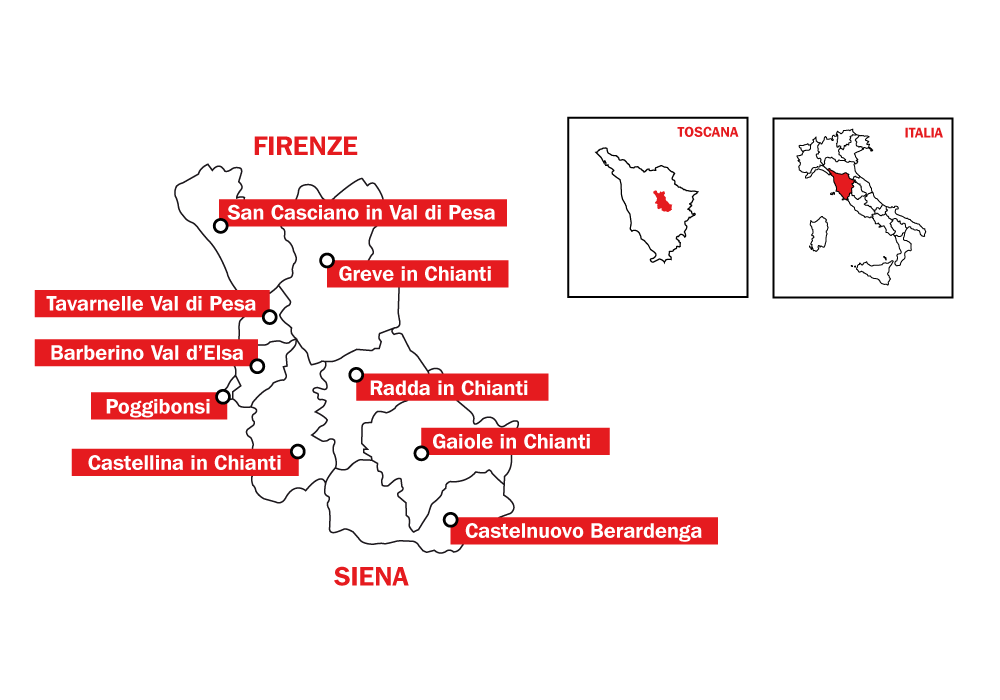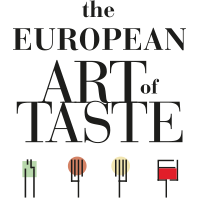THE CONSORTIUM
VINO CHIANTI CLASSICO DOCG

Right from its establishment, the Consorzio Vino Chianti Classico is responsible for protecting, overseeing and valorising the Chianti Classico label. From the first group of producers established in 1924, to today’s Consorzio Vino Chianti Classico, the association has changed its name and logo a number of times, although the Black Rooster has always been a prominent feature. Today, the association represents 96% of DOCG wine producers and is one of the main partners, to the national and Community institutions, for the winemaking sector. The internal organisation features a number of dedicated departments for performing its duties and delivering its services, including a legal office and valorisation, marketing and communications divisions.
The entire production chain – from the wine-growing to the bottling processes – is subjected to a system of traceability, with the relevant data entered and stored in a public database. The association also carries out stringent controls of the bottles in various sales channels, including online sales platforms. Another important activity is the research and testing, in partnership with prestigious local and national research facilities, to improve grape production and wine-making.
Production area: history and tradition
In 1716, the Grand Duke of Tuscany Cosimo III, established the official boundary of the production area of Chianti wine, between the cities of Florence and Siena. The area was already known as Chianti at the time and the wine itself was already well-appreciated.
The indissoluble link between wine and its area of production, reflected in the use of the same name, was protected by Cosimo III’s ordinance, the aim of which was to determine which wine could officially be called “Chianti”: “From Spedaluzzo to Greve, then on to Panzano, including the entire Podesteria of Radda, which contains three locations Radda, Gajole and Castellina, up to the border with the State of Siena”.
In July that same year a commission had been set up to oversee the production, shipment and controls against fraud and the trade of wine. In fact, there was widespread fraud in the production of Chianti wine, especially for export to England.
In 1932, the Italian government added the adjective “Classico” (Classic) to the name “Chianti”, to distinguish the wine produced in the original geographical area. Since then, Chianti wine produced outside the “Chianti” geographical area, strictly speaking, is simply called Chianti (with the name of the area added, such as Chianti Rufina, Chianti Colli Senesi, Chianti Colli Aretini, Chianti Colli Pisani), while the wine produced within the original area is called “Chianti Classico”.




